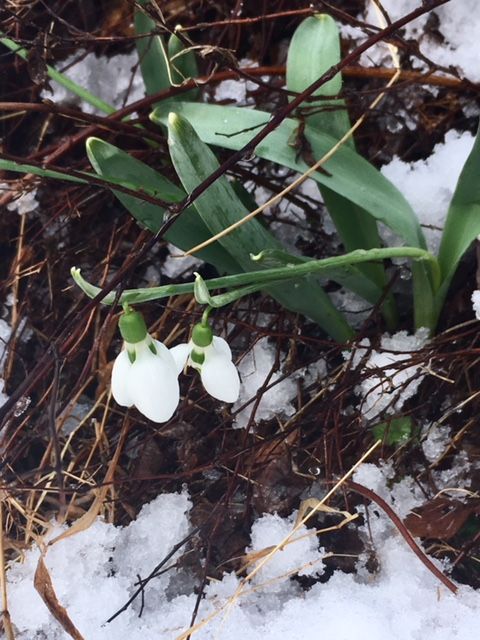
Is this familiar adage about snow just an old wives’ tale?
In fact, snow does contain nitrogen and other particulates like sulfur, which it collects as it falls through the atmosphere. However, the same can be said about rain, sleet, hail, and—believe it or not—lightning. Rain and lightning contain more nitrogen than snow. Statistics from agricultural studies estimate that as a result of snow and rainfall averages, between 2 and 12 pounds of nitrogen are deposited per acre in the United States per year.
When the ground is frozen, a blanket of snow is like a layer of protective mulch. Its insulative properties protect both the soil and the plants from desiccating winds and freezing temperatures. It also helps to insulate the plants as they “heave,” which can expose their roots to air, as the soil freezes and thaws throughout the winter.
According to Jeff Lowenfels in “Blanket of Snow Is a Poor Man’s Fertilizer” (Anchorage Daily News, updated June 30, 2016), “There is something else that happens when it snows: nitrogen is deposited by the snow and absorbed either into the soil food web residing and active at low temperatures or by plants as a result of nitrogen fixation, a microbial activity which, astonishingly enough, can take place even at low temperatures.”
If the earth is saturated, the rain runs off; if the ground is frozen, the snowmelt will also run off and most of the nutrients will not be absorbed. In the spring when the earth has thawed and we have a snow, this blanket of snow protects newly emerging plants and leaches nutrients like nitrogen slowly as it melts into the earth.
Fall-planted bulbs, and bulbs like tulips and garlic that need cold temperatures to grow, can benefit from a cover of snow, which provides moisture and fertilization and prevents frost heave. Some folks actually heap snow on garden beds with bulbs or around newly planted trees for extra protection and insulation.
Tim Travers further explains nitrogen in his article “Poor Man’s Fertilizer” (The Outside Story, October 13, 2002), “Though we live in a sea of it—nitrogen gas makes up 78 percent of our atmosphere—plants and animals can only use nitrogen when nitrogen gas becomes ‘fixed’ into the usable form of nitrate (when oxygen is bonded with the nitrogen) or ammonium (when hydrogen is bonded with the nitrogen). Most of this nitrogen fixing is carried out by specialized anaerobic bacteria living cooperatively inside the root nodules of legume plants—peas, beans, and locust trees—and other pioneer species like the speckled alder. Once it’s fixed, nitrogen is taken up quickly by plants and cycled through the biosphere from air to soil to living organisms and back. As a result, there isn’t much available nitrogen left in soil—it’s too valuable.”
Although we gardeners are antsy for warm weather and for getting our hands in the soil, let us welcome these last snows and rainfalls; the precipitation will nourish our gardens in the coming spring.


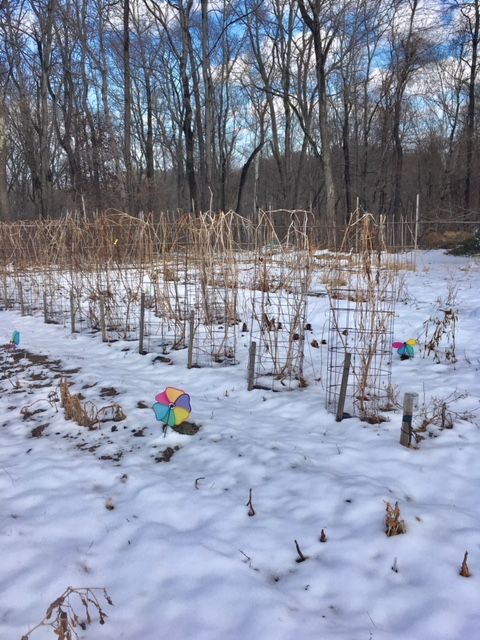
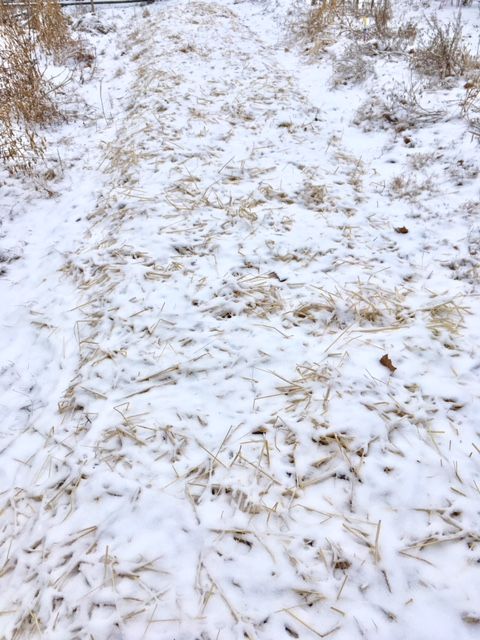
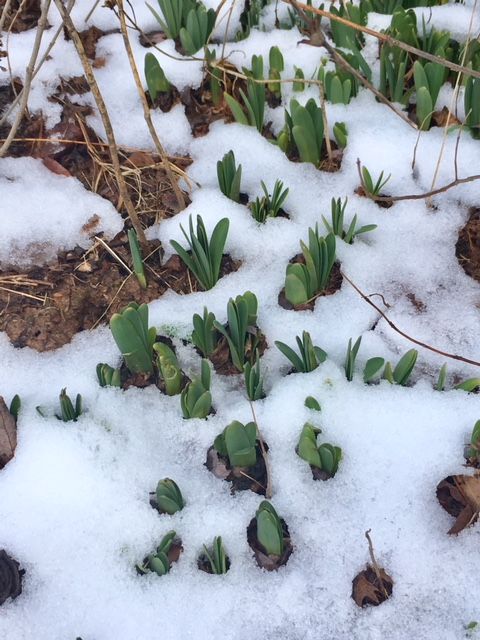
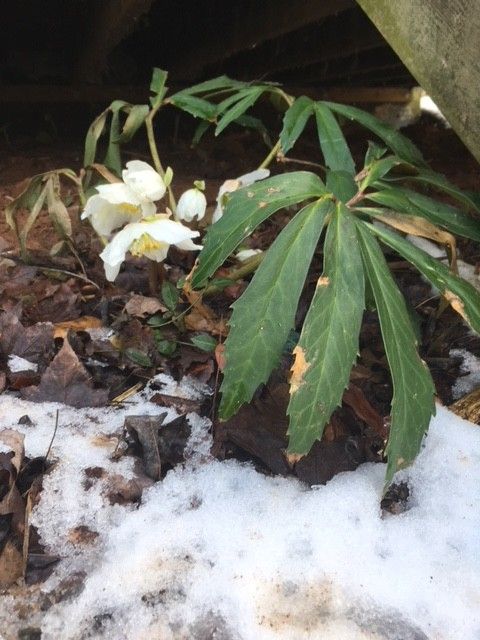
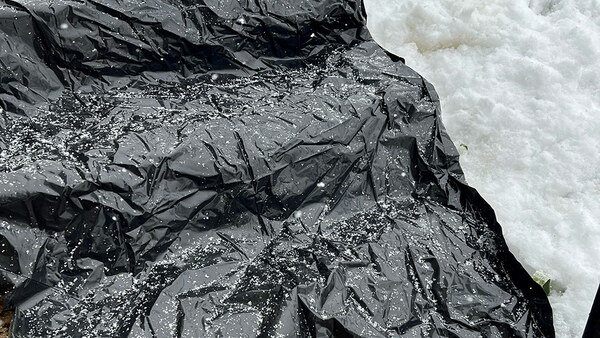
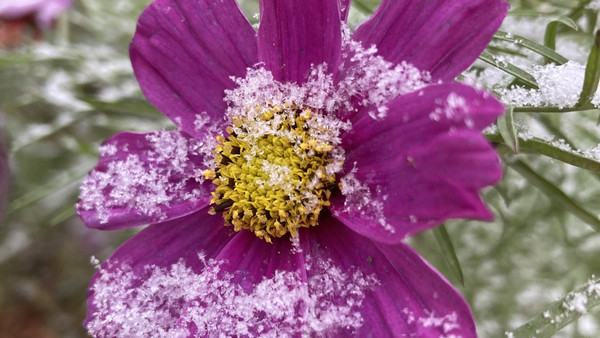
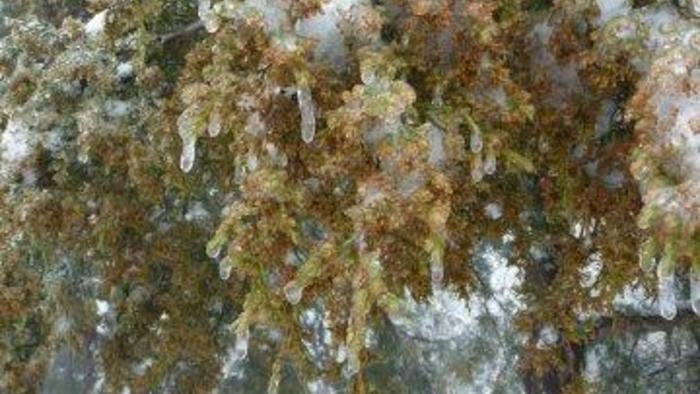

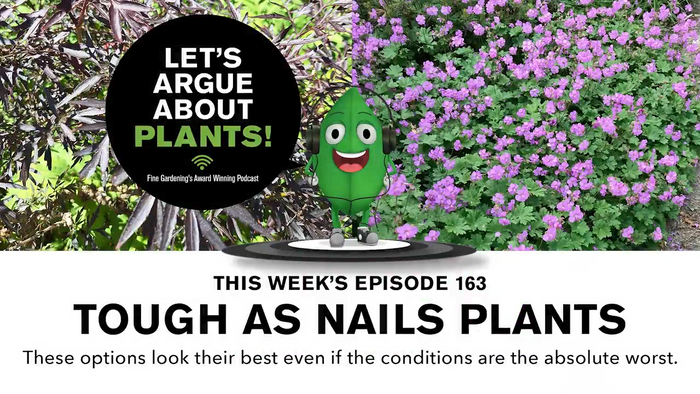
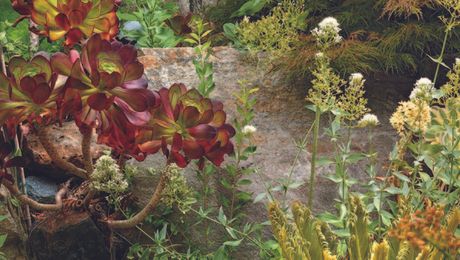
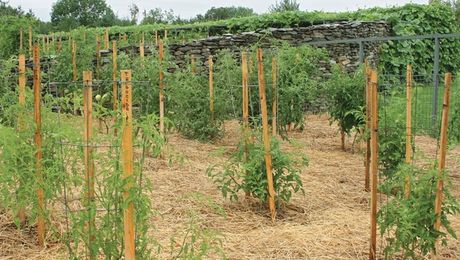


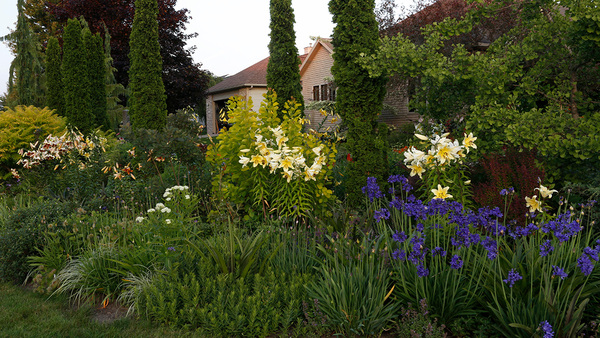




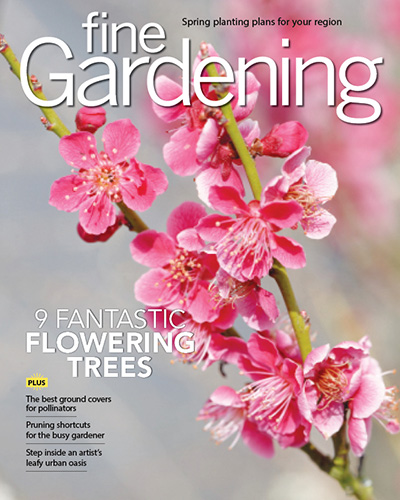

Comments
Log in or create an account to post a comment.
Sign up Log in